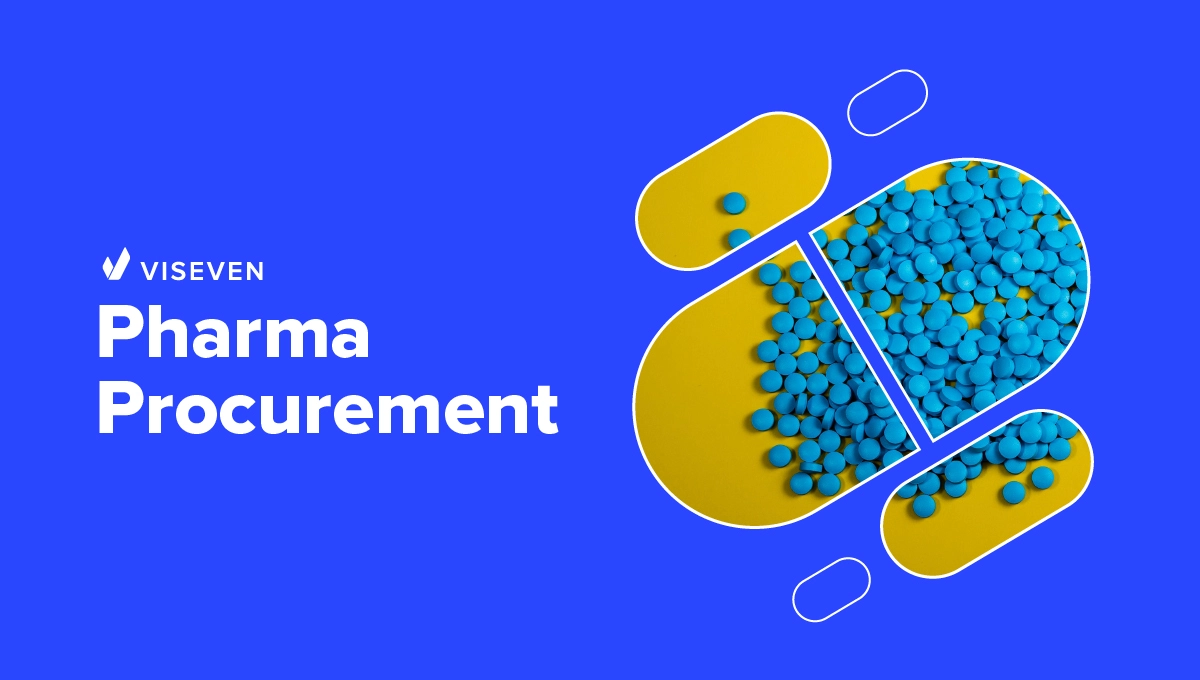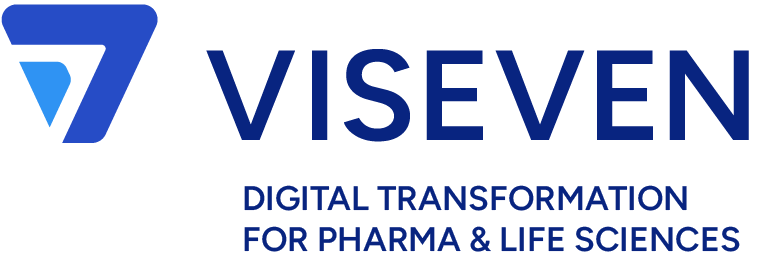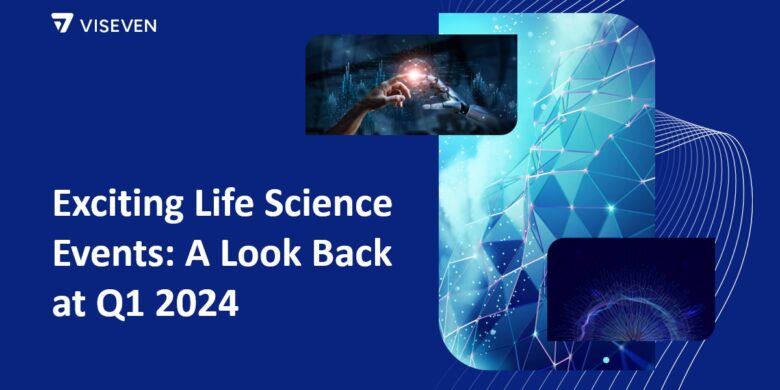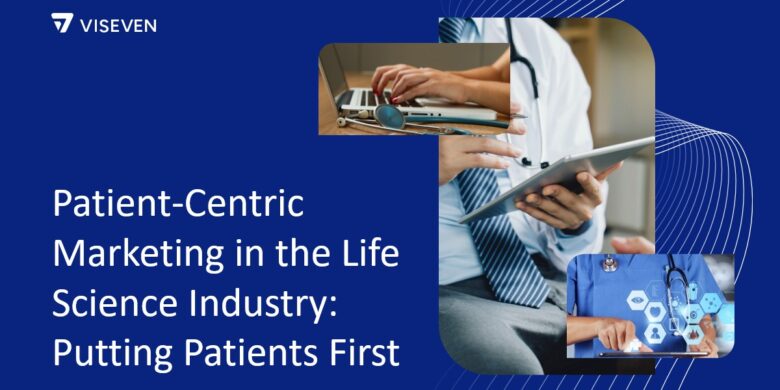Rethinking Pharma Procurement Strategies

Pharmaceutical procurement is arguably the key factor influencing drug availability, safety, and total costs. Comprehensive procurement process should ensure a timely supply of the right pharmaceutical in the right quantity, meeting approved quality standards. It should effectively manage supplier relationships in an ethical way while also seeking to secure the most favorable purchase price. That said, it is essential that this process was implemented by competent personnel with pharmaceutical, managerial, legal, and financial expertise. Equally important is their access to robust technology and reliable, up-to-date information.
To tick all the boxes on this extensive list of requirements, pharmaceutical companies should clearly understand all challenges and remain aware of current trends to make procurement both efficient and seamless. In this article, the Viseven team aims to explain how pharma procurement works and to cover effective strategies to transform this process at any level, from local campaigns to national health programs.
What is Procurement in the Pharmaceutical Industry?
Pharmaceutical procurement refers to the process of managing supplier relationships to ensure pharma companies receive correct medicines in the right quantities at reasonable prices while the supplier gets a transparent and timely payment. The procurement cycle presupposes all decisions related to selecting suppliers and monitoring drug delivery and distribution. It typically falls into the following steps:
- Reviewing drug selections.
- Determining drug quantities.
- Aligning needs with the budget.
- Selecting a procurement method.
- Choosing suppliers.
- Outlining contract terms.
- Tracking order status.
- Receiving and checking drugs.
- Paying for an order.
- Distributing pharmacy.
- Gathering consumption information.

Key Pharma Procurement Challenges
There are many balls in the air which pharma brands must keep juggling to deliver effective, safe, and reasonably priced essential pharmacy. Let’s take a closer look at some of them.
The lack of supply chain transparency
The lack of supply chain visibility makes it excruciatingly challenging for pharma companies to plan medicine production, forecast demand, and manage their inventory. Without consistent, standardized data, regulators fail to identify drug supply concerns, policymakers cannot make informed decisions to improve supply chain resilience, and healthcare providers (HCPs) are blindsided by the acute shortage of critical pharmaceuticals. The lack of transparency is positively correlated with improper security as well, as it becomes problematic for buyers to protect medicines they cannot track.
Poor supplier performance
Poor supplier performance generally results in unanticipated expenses. For example, a pharmaceutical brand can face increased acquisition costs if a supplier has not delivered on time. It also bears extra replacement expenses when drugs are discarded due to improper packaging.
Hidden expenses can pile up, spiraling out of control due to many reasons related to supplier performance: the lack of appropriate documentation, storage, wrong dosage forms, and the list goes on. Any of these performance incidents may create a serious disruption at any level of the supply chain. If inadequately managed, poor supplier performance may impact drug safety and availability.
Unexpected geographic factors
Many pharmaceutical companies relying on global markets for drug materials are particularly vulnerable to shifting geopolitical situations. For instance, depending on sources in tariff-affected countries can substantially increase a pharma company’s operational expenses.
Climate change is another factor, potentially disrupting supplies and contributing to hefty price tags. Regions which were once the sources of raw materials may be plagued by adverse weather events, hindering production and causing inflated costs.
What are the Main Pharmaceutical Procurement Methods?
Procurement methods, at any health system level, typically comprise the following categories: restricted tender, open tender, direct procurement, competitive negotiation, and international and local shopping.
- Restricted tender: Suppliers must go through the prequalification process to prove their past supplier performance, manufacturing practices, and financial viability.
- Open tender: Any supplier representative can submit their offer, following terms and conditions outlined in the tender invitation.
- Direct procurement: Drugs or materials are sourced from a single supplier at the negotiated discount or quoted list price.
- Competitive negotiation: The buyer turns to a limited number of suppliers (usually at least three) to negotiate the price or achieve certain service arrangements.
- International or local shopping: Like competitive negotiation, the company reaches out to three suppliers on average; however, price negotiations are not allowed.
Logistics Solutions to Improve Pharmacy Procurement Process
With the rising number of sensitive medicines, how can the pharmaceutical logistic cycle keep expenses down while still complying with all safety requirements? Let’s discover the main approaches to accomplish this.
Implementing innovative technologies
Cutting-edge drugs, such as stem cell therapy or large molecule biologics, require innovative transportation methods to keep the damage risks close to zero. Technologies allow pharmaceutical companies to collect and analyze a massive amount of data to ensure proper drug safety.
One of the most common use cases is Internet of Things (IoT) sensors placed on containers and packaging to track humidity and temperature in real-time. The importance of these solutions becomes all the more striking when one realizes that a staggering $35 billion is lost each year due to inadequate temperature regulation during shipments. Not only do sensors enable companies to comply with quality standards but also timely respond to risks during the actual transportation. For instance, technology makes it possible to modify a vehicle’s route or recharge the batteries in a temperature-controlled container, if necessary.
Widening the scope of supply chain partners
Expanding the network of suppliers is associated with tangible benefits, such as cost optimization and efficiency. For instance, a global life sciences (LS) company could choose to partner with their suppliers to perform safety tests. Instead of sending these materials to their own laboratory once they receive the packages, they could trust the tests done by the suppliers. By opting for this kind of collaboration, these companies can considerably trim off their transportation costs and speed up time-to-market.
Collaborations with competitors or stakeholders in other industries can help address high costs of low volume drugs. Pharma brands can share trucks or temperature-controlled containers for airfreight, thereby significantly lowering transportation expenses.

Digital Transformation in Pharma Procurement
It is no secret that the coronavirus hit the health sectors the hardest. The pharmaceutical industry had to quickly find ways to optimize its procurement processes in order to tackle the hurdles the deadly virus brought upon businesses. Data analytics, e-procurement platforms, and blockchain technology emerged as the major trends to prevent procurement disruptions and boost supply chain resilience.
Data analytics
There is a reason data is called the new gold. For example, data analytics tools help businesses make more informed decisions regarding supplier negotiations. To choose the best supplier, businesses can analyze hundreds of options and sort them out in strategically important clusters. This categorization allows them to settle down on the right vendor based on the prices and upcoming purchases. Having the best supplier for a particular situation cuts down the total costs and time spent on negotiations.
Artificial intelligence (AI) algorithms also take a lot of legwork from supplier management. Take, for instance, a pharma company that purchases ingredients for its new medicine. It has 200 suppliers in 120 strategically important clusters, with each supplier in numerous clusters. Advanced analytics solutions give the company a bird-eye view of each vendor’s performance in terms of quality, risks, price, and sustainability.
Additionally, many companies introduce data analytics technology to cut down their transportation costs. To give you an example, a pharmaceutical manufacturer, Moderna, relies on Looker, an AI-powered data analytics solution delivered by Google. The following tool allows them to identify the most cost-saving logistics route for each of their 60,000 shipments per year.
E-procurement platforms
Pharmaceutical and LS enterprises leverage e-procurement solutions for a plethora of reasons. These include enhancing strategic planning, driving operational performance, and automating labor-intensive tasks.
The range of functionalities within e-procurement platforms notably varies. Certain platforms focus on facilitating compliance with regulatory benchmarks, while others, much like well-known sites such as Amazon or eBay, connect users with verified suppliers, distributors, and manufacturers. Additionally, some digital solutions are designed to help to classify medications and store relevant details about them, such as active ingredients, dosage forms, and pricing. This not only saves a fair bit of time but also eliminates errors from the manual process of cataloging.
Prior to e-procurement, GlaxoSmithKline (GSK), a global pharma brand, used old school paper cataloguing and communications over the phone. This made the procurement process more expensive, time-consuming, and ridden with errors. Soon they realized they needed to shift to an e-procurement platform to easily manage content in any lab supply firm worldwide. Their solution now allows them to create requisition, approve, distribute, and make receipts with just a few clicks.
Blockchain technology
Blockchain remains one of the main tech stories in pharmaceutical procurement. Blockchain refers to a secure database, where real-time information is available to all parties. This, in turn, makes it possible to share anything valuable, including drug provenance or current temperature, improving supply chain safety and transparency.
For example, blockchain is actively used to monitor every step in the cold chain, from manufacturing to delivery, using smart contracts. If specific conditions are met, these contracts are automatically put into effect. This way, pharmaceutical companies can determine the step in the drug delivery process when a temperature-sensitive product becomes degraded. If fluctuation in temperature occurs, they can identify those responsible for the damage and request compensation.
Since the record in the ledger cannot be manipulated or erased, blockchain helps to address another elephant in the room – drug authenticity. In 2021, in North America alone, pharma companies suffered from 2,440 incidents of medicine counterfeiting. With blockchain, every step a pharmaceutical product takes in the supply chain journey is documented through an immutable record of events.
Merck, one of the oldest pharma manufacturers, partners with IBM, Walmart, and accounting leader KPMG to take advantage of blockchain technology. To build trust with its customers, the company gets rid of any intermediary that disrupts transparent data flow in their supply chain. Due to blockchain, pharmacists and healthcare providers (HCPs) can use an application to track the vaccine packages and get the full history of their journey, from suppliers to their offices.
Ensure a painless pharmaceutical procurement process
With rising incidents of counterfeiting, safety concerns, and high production costs, pharma companies absorb a disturbing realization: regulatory compliance alone will not solve all problems in the procurement process. It will require investments in cutting-edge technologies to ensure supply chain visibility, supplier high performance as well as resilience in the face of unanticipated geopolitical shifts.
Viseven, with over 14 years of experience, has consistently delivered innovative digital solutions to pharmaceutical and LS enterprises worldwide. Over this period, we have established long-term partnerships with more than 150 clients, including 50 globally renowned industry leaders. From idea to realization, we can help to build procurement solutions of any complexity.
Need a hand with software development? Please, contact our team to start cooperation.



